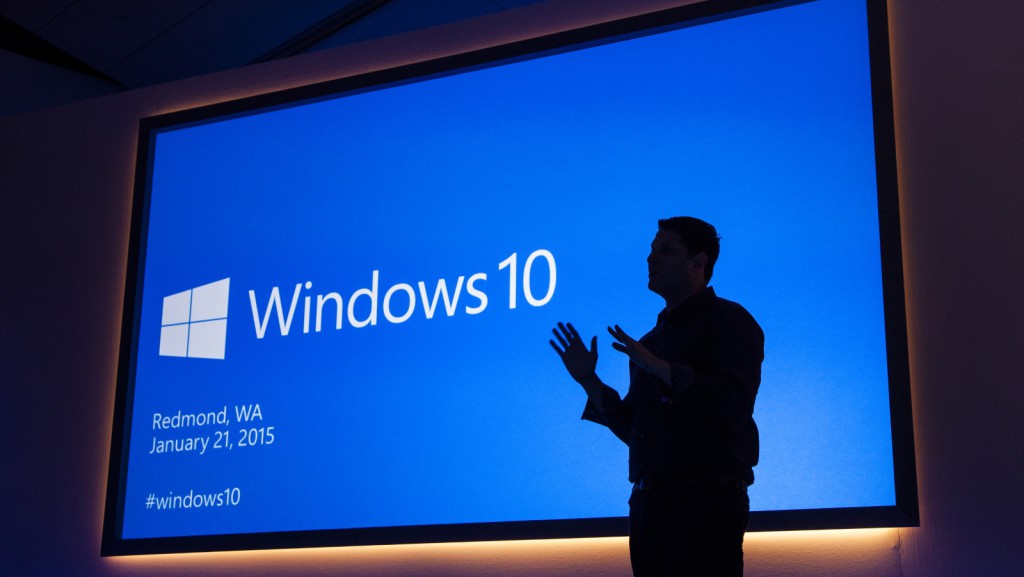Five years ago, launching a decent streaming platform took millions. Now? A teenager with a laptop can build something that reaches millions. That shift…
Spring cleaning: 5 tips to rid your Windows PC of digital dirt

The more you use a Windows PC, the more temporary files, once-important files, and errant bits of information are stored. This isn’t you, or Windows, but it does help to regularly keep your device free of junk, especially if you’re running an older machine or one with little storage.
Here are five fool-proof tips to keeping your computer clean and fresh.
Delete files from your temp folder
Open File Explorer and type %TEMP% in your address bar (including percentage symbols.) Hit Enter, and you’ll discover just how many temporary files your PC has stored since you last cleaned it.
These are usually stored by Windows or your browser while running, but they’re non essential and are all safe to delete. You can select everything in your TEMP folder, and hit delete.
Clear your browsers’ cache
Easily enough, Edge, Firefox and Chrome all give users options to delete cache and cookies relatively easily.
Head to your browsers’ settings menu, and follow these steps:
- For Firefox: Options > Privacy and Security > History > Clear History…
- For Chrome: Settings > Advanced > Clear Browsing Data…
- For Edge: Settings > Clear Browsing Data > Choose What To Clear…
Each browser will let you specify the files within a specific time period, and the type of data you’d like to remove, from history and remembered forms, to cache and logins.
We’d recommend not deleting essential information, but suggest removing cached data once in a while.
Uninstall programs you don’t use
This is a pretty overlooked but tiresome chore for Windows users. There are two ways to uninstall programs on Windows 10. The first is through the Fluent Settings program, and the other is via Control Panel.
I’d recommend using the latter for programs, and the former for Windows 10 apps. Simply browse the list and uninstall the app or program you no longer use or require.
Run Windows’ disk cleaning utility
Open explorer, click on “This PC”, right click on your Windows drive and select Properties. Then hit “Disk Clean-up”. Windows will look for files you no longer need, including old error files and thumbnails.
You can also select “Clean-up system files” to delete older Windows installation files. This is pretty essential for those running laptops with less than 32GB of storage.
Install a program to clean your PC for you
Finally, because life is busy, you can install a program to do this all for you. I’d recommend BleachBit.
Its list of options can be overwhelming at first, but once you’ve found a configuration that works, run it monthly.
Bleach Bit doesn’t include an automatic scheduler, but you can force it to run through Windows’ task scheduler on predetermined dates. (But this is best left to people who enjoy fooling around with command lines).
Feature image: Microsoft


